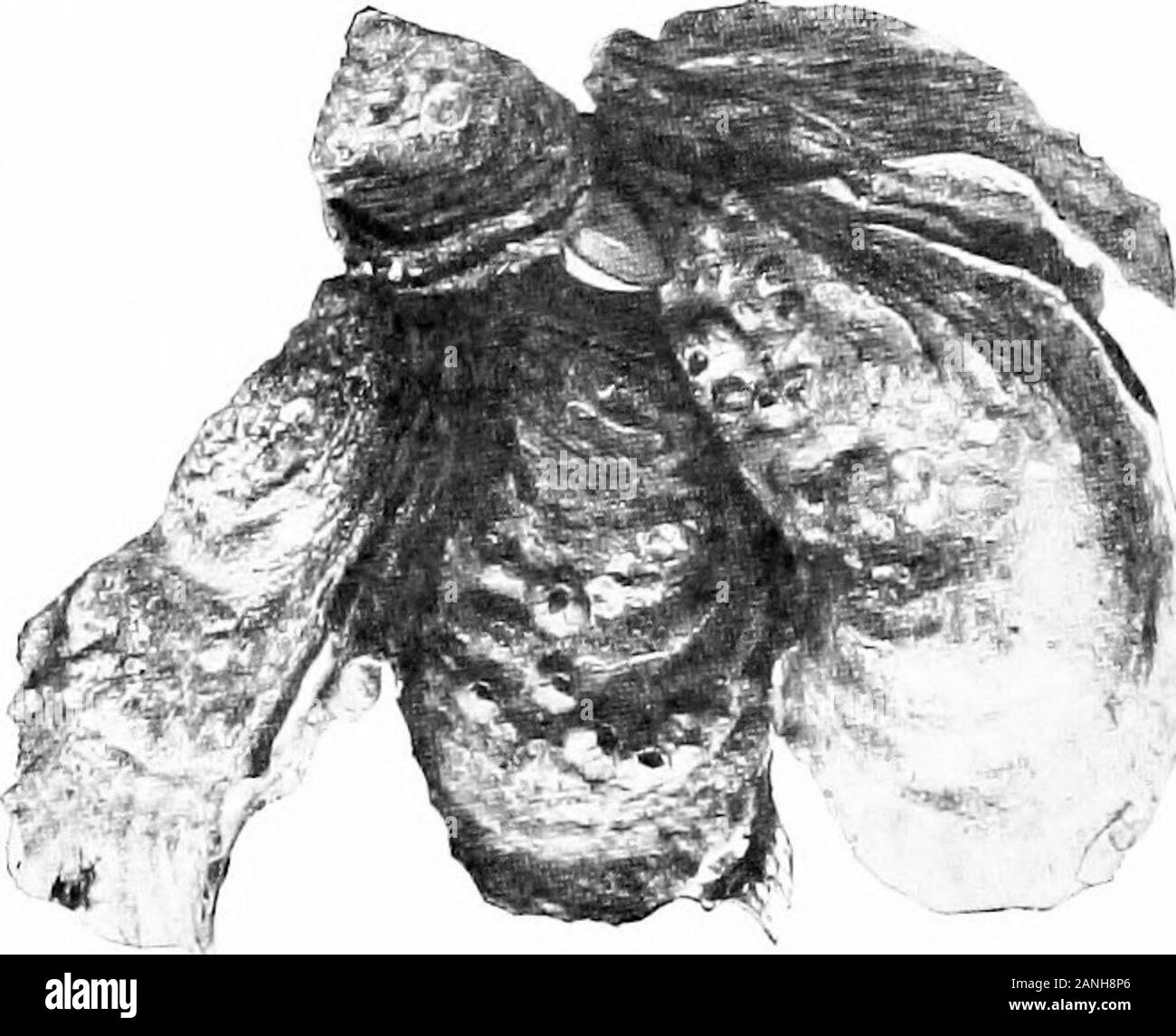Canned foodsModern processes of canning in the United States, general system of grading, and description of products available for export .. . 3 inches tall. Oysters {Oslrca virginiana). While the oyster is found along the greater part of the Atlantic andGulf coasts, the canning is limited to the region of Chesapeake Bay andSavannah, Ga., in the East, to Apalachicola and the coast of ^Mississippiand lyouisiana on the Gulf. The supplies obtained at other points areused in the fresh trade. The supply of this shellfish has been so muchdepleted that the gathering is limited to certain sizes and to

Image details
Contributor:
The Reading Room / Alamy Stock PhotoImage ID:
2ANH8P6File size:
7.1 MB (305.5 KB Compressed download)Releases:
Model - no | Property - noDo I need a release?Dimensions:
1754 x 1424 px | 29.7 x 24.1 cm | 11.7 x 9.5 inches | 150dpiMore information:
This image is a public domain image, which means either that copyright has expired in the image or the copyright holder has waived their copyright. Alamy charges you a fee for access to the high resolution copy of the image.
This image could have imperfections as it’s either historical or reportage.
Canned foodsModern processes of canning in the United States, general system of grading, and description of products available for export .. . 3 inches tall. Oysters {Oslrca virginiana). While the oyster is found along the greater part of the Atlantic andGulf coasts, the canning is limited to the region of Chesapeake Bay andSavannah, Ga., in the East, to Apalachicola and the coast of ^Mississippiand lyouisiana on the Gulf. The supplies obtained at other points areused in the fresh trade. The supply of this shellfish has been so muchdepleted that the gathering is limited to certain sizes and to certainmonths in the year. Every effort is being made to replenish thesupply by cultivation. The oysters are taken by boats with dredges, are steamed to open theshells, and then shucked, washed, and filled into cans. The work isnearly all done by hand. The grading is done upon the basis of the size as detemiined by thenumber of shells in a barrel. Very large oj^sters, running from 450 to600 per barrel, are known as extra select, from 600 to 800 as select, andfrom 800 to 1, 000 as standard. The cans used hold 3, 4, 5, 6, 8, and 10ounces.. A clump of oysters. CANNED FOODS. 55 Sardines (Clupea harengus). Sardine canning began in the United States, at Eastport, Me., in 1841, and that port continues to be the center of the industry. Sardines arealso packed on the Pacific coast at Monterey, Cal. The food officialshave defined the American sardine to be any small herring, and this iswhat is understood generally in the trade. The Pacific coast sardinediffers slightly from the Atlantic and is a much larger fish, at one timebeing described as a small mackerel.